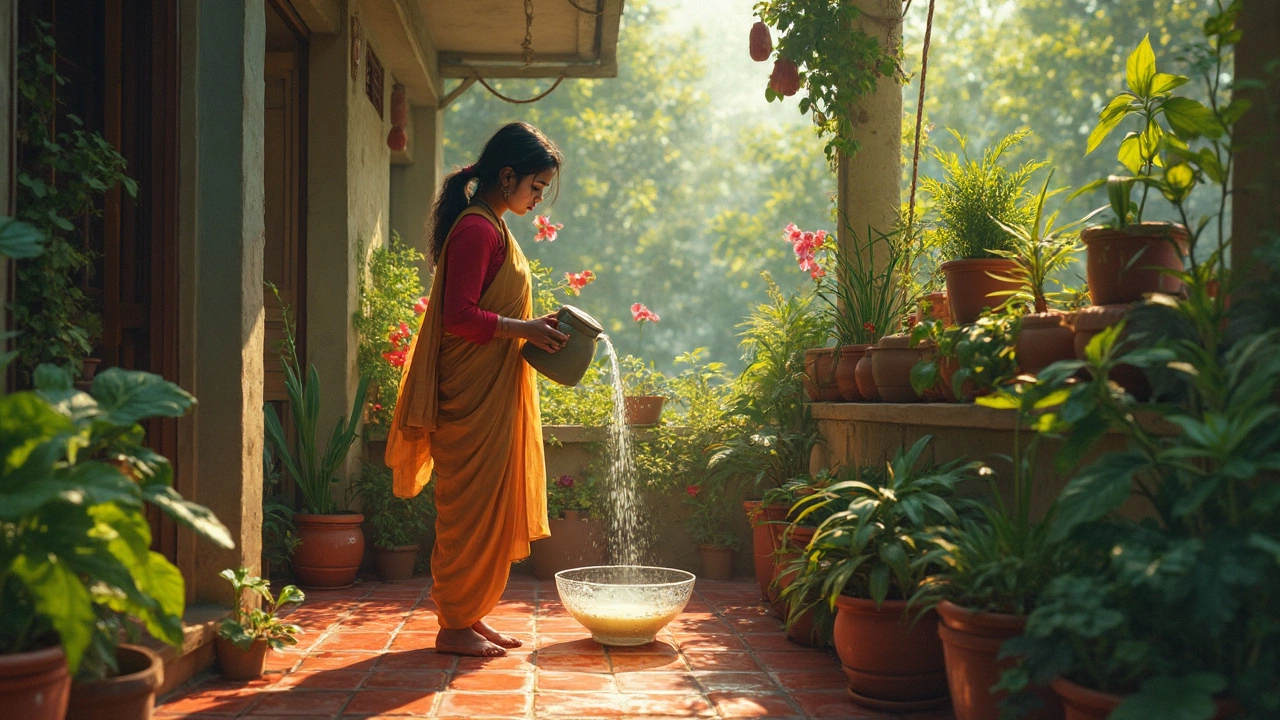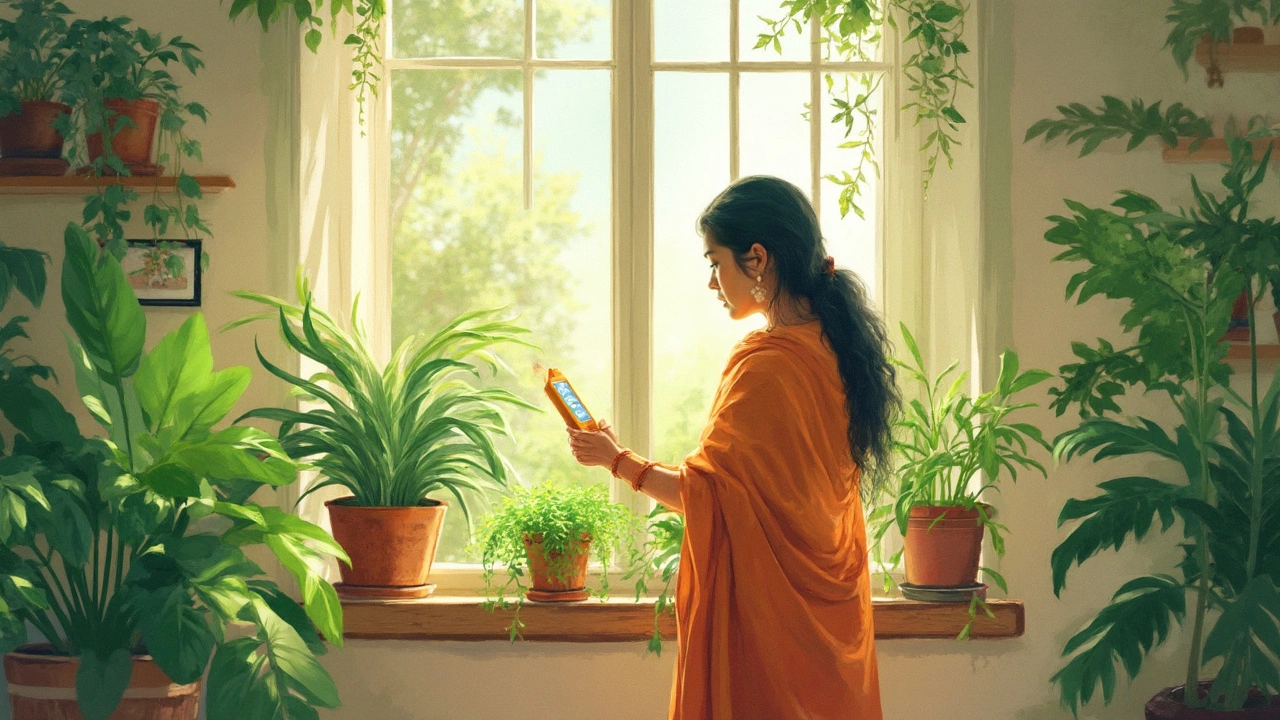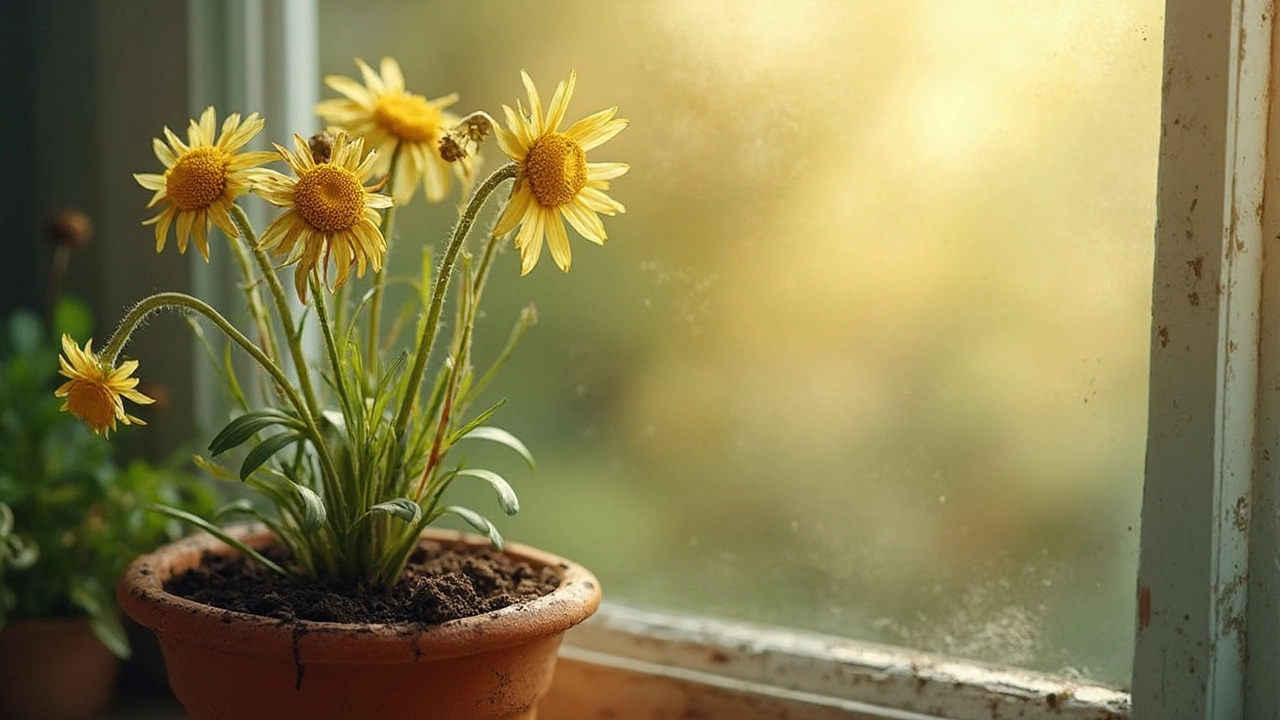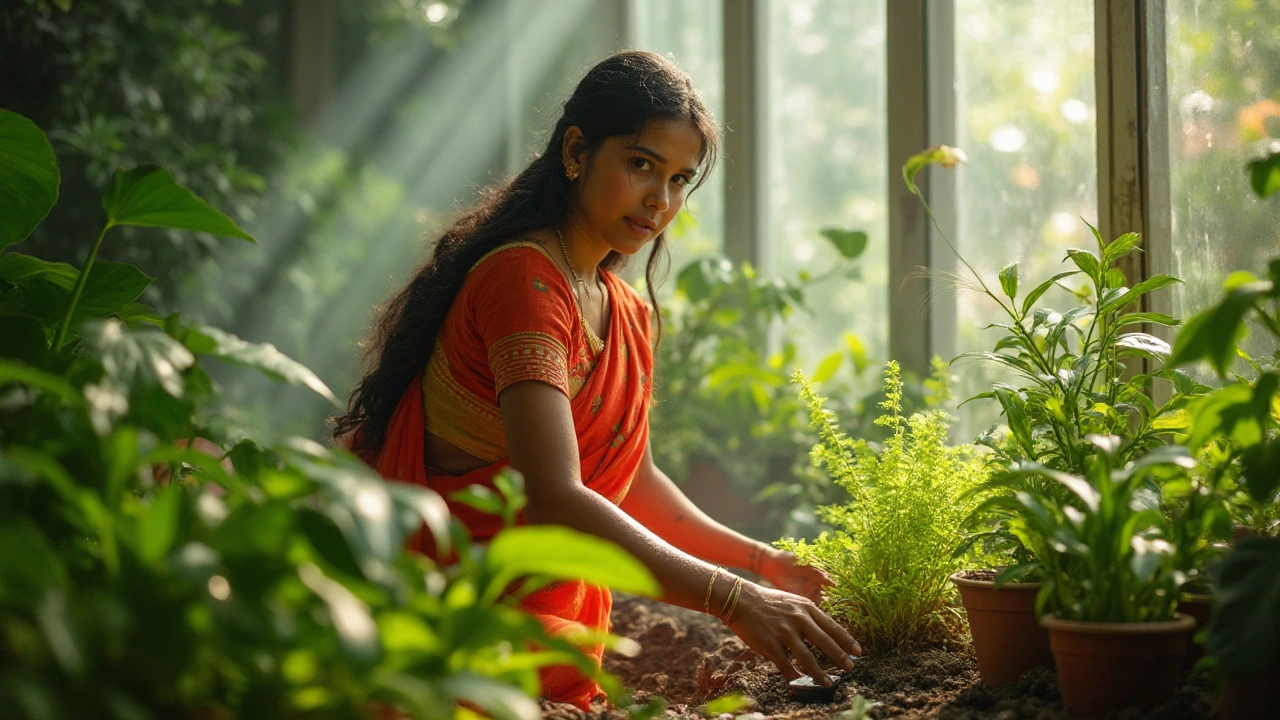Some indoor plants really don’t like being misted, and giving them a spray can do more harm than good. This article covers which houseplants should stay dry, the reasons behind it, and common issues that misting can trigger. You'll get clear care tips and learn how to keep sensitive plants happy without risking leaf rot or fungus. If you've ever wondered whether your favorite plant likes a mist, this guide has you covered. Avoiding simple misting mistakes can keep your plants looking their best.
Indoor Plant Care: Essential Tips for Healthy Houseplants in India
When it comes to indoor plant care, the practice of maintaining healthy plants inside homes and offices. Also known as houseplant care, it's not about fancy pots or expensive fertilizers—it's about understanding what your plants actually need to survive India’s heat, dry winters, and humid monsoons. Most people kill their plants not because they forget to water them, but because they water too much. A pothos in your living room doesn’t need a drink every day. It needs good drainage, indirect light, and time to dry out between waterings.
One big mistake? Placing plants right under AC vents or near radiators. The dry air zaps moisture from leaves, while cold drafts shock the roots. Your snake plant or ZZ plant thrives in consistent warmth, not sudden temperature swings. And don’t assume all plants love bright windows—many indoor plants in India do better a few feet back from south-facing balconies, where the sun is too harsh. plant drainage, how well water moves through soil and out of pots is just as important as light. If your pot has no hole, or the soil stays soggy for days, root rot is coming. That’s why repotting into well-draining mix with perlite or coco coir saves more plants than any fertilizer ever could.
Indian homes often have low humidity, especially in winter. Misting doesn’t help much—it’s a quick fix that does little for long-term health. Instead, group plants together. They naturally raise moisture around each other. Or place a shallow tray of water near them. You’ll notice fewer brown leaf tips and more vibrant growth. And when you see yellowing leaves or drooping stems, don’t panic. It’s usually a sign of overwatering, not hunger. Let the soil dry. Check the roots. Cut away the mushy parts. Most plants bounce back if you act fast.
You’ll find posts here that show you exactly how to fix an overwatered houseplant, which plants survive India’s toughest indoor conditions, and how to pick the right soil mix without spending a fortune. No fluff. No theory. Just what works in real homes—with terraces, balconies, and tiny apartments. Whether you’re new to plants or have a collection of 20 greens, you’ll find practical fixes for the problems you actually face.
Tap water straight from the faucet isn’t always ideal for houseplants. Chemicals like chlorine and minerals can mess with plant health. This article breaks down why neutralizing tap water matters and how you can easily do it at home. You’ll learn safe, quick methods to make tap water friendlier to your indoor green buddies. Ready to see stronger, happier plants?
Figuring out if you're overwatering or underwatering your plants can be tricky, especially with indoor greenery. Learn how to read the signs your plants are giving you to determine if they’re thirsty or drowning. Uncover common mistakes people make and practical tips to keep your leafy friends thriving. Knowing the difference could be the secret to turning your home into a lush indoor jungle.
Overwatering is a frequent issue for daisy enthusiasts, leading to droopy and sick-looking flowers. Recognizing signs like yellowing leaves and root rot is crucial to saving your beloved plants. This article delves into the distinct symptoms of overwatering, practical tips for correcting the problem, and ways to ensure thriving indoor daisies all year round.
Understanding the signs of overwatering is crucial for a thriving indoor garden. This article explores the symptoms to look for in overwatered plants, how excessive moisture affects plant health, and proactive measures you can take to ensure your plants stay vibrant and healthy. Tips will be shared on adjusting watering routines, identifying plant-specific needs, and improving drainage. Learn the secrets to maintaining a balanced environment for your beloved houseplants.




